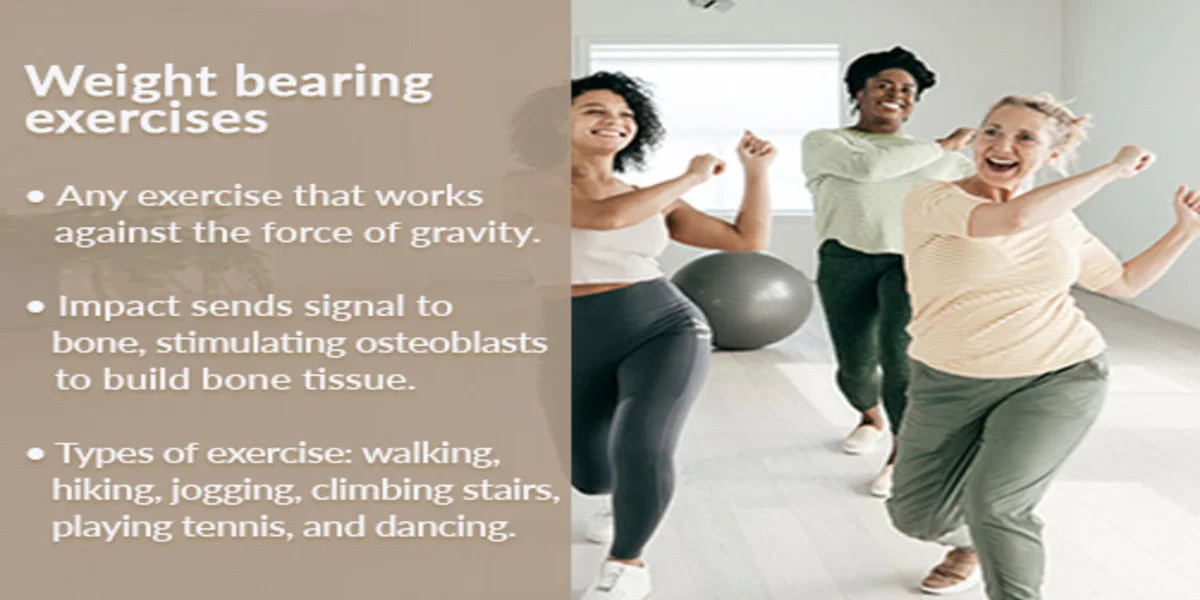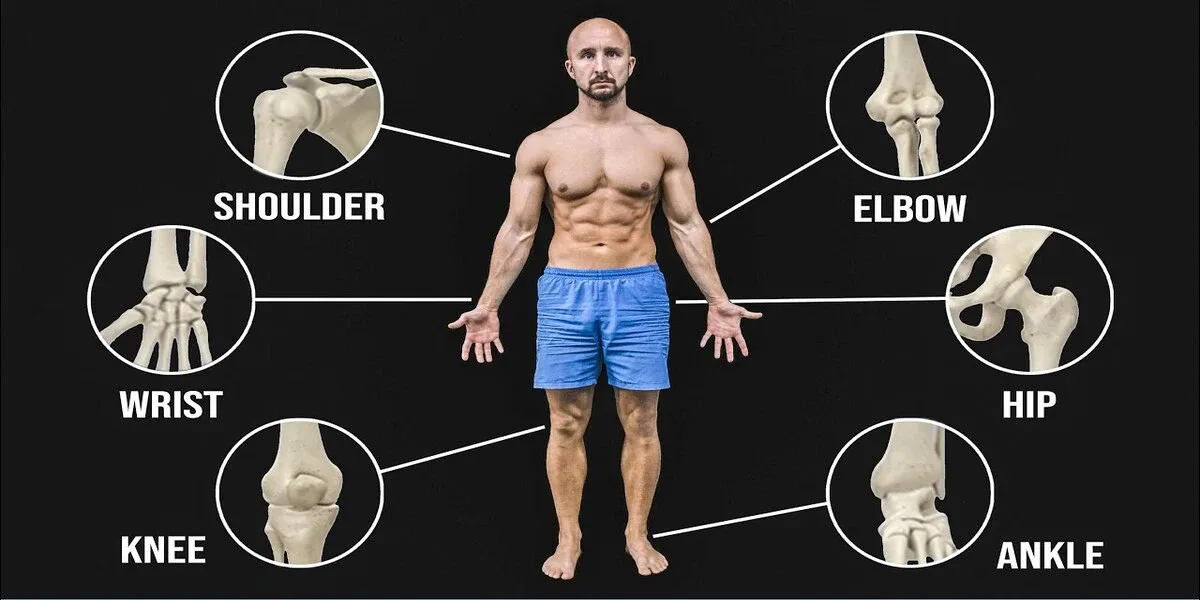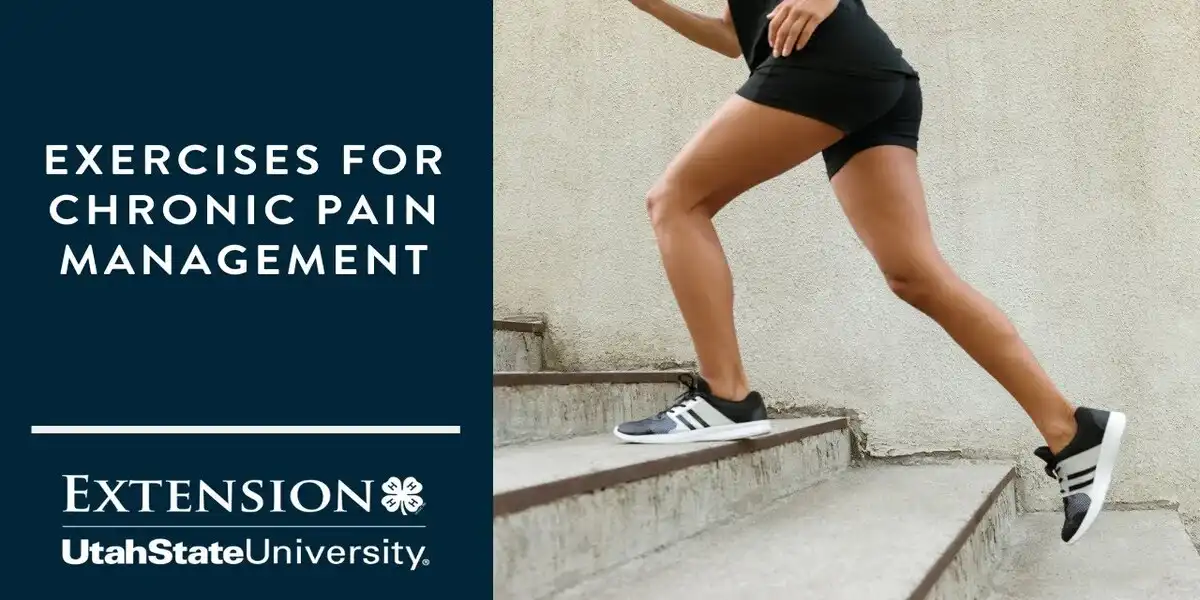[ez-toc]
Introduction
Osteoarthritis is a common form of arthritis that primarily affects the joints, leading to pain, stiffness, and reduced mobility.
While the condition can be challenging, incorporating weight-bearing exercises into the daily routine can play a vital role in promoting bone health and managing osteoarthritis symptoms.
In this article, we will explore safe and effective weight-bearing exercises tailored for patients with osteoarthritis.
Understanding Osteoarthritis
Osteoarthritis is a degenerative joint disease that occurs when the protective cartilage that cushions the ends of bones wears down over time.
Also Read: Strengthening the Back: Safe Exercises for Patients with Chronic Back Pain
As a result, bones rub against each other, causing pain, swelling, and diminished joint flexibility. Osteoarthritis most commonly affects weight-bearing joints such as the knees, hips, and spine.
Benefits of Weight-Bearing Exercises for Osteoarthritis Patients
Incorporating weight-bearing exercises into the routine can provide several benefits for individuals with osteoarthritis:
- Improved Bone Density

Weight-bearing exercises stimulate bone growth, leading to increased bone density and strength.

Strengthening the muscles around affected joints enhances stability and reduces the risk of falls and injuries.

Regular exercise can help reduce joint pain and stiffness, improving overall joint function.

Weight-bearing exercises promote joint flexibility, allowing for a better range of motion.
Safe Weight-Bearing Exercises for Osteoarthritis Patients
When engaging in weight-bearing exercises, it is essential to prioritize safety and choose activities that do not put excessive strain on the joints. Here are some safe and effective options for individuals with osteoarthritis:
- Walking
Walking is a low-impact exercise that is gentle on the joints and can be easily incorporated into the daily routine. Aim for a brisk walk for at least 30 minutes most days of the week.
- Stair Climbing
Climbing stairs engages the leg muscles and promotes bone health. Use handrails for support and take it slowly if necessary.
- Dancing
Dancing is an enjoyable weight-bearing exercise that can be adapted to individual abilities and preferences.
- Hiking
Hiking on uneven terrain challenges balance and provides a full-body workout. Choose well-maintained trails suitable for your fitness level.
- Tai Chi
Tai Chi is a low-impact, weight-bearing exercise that focuses on balance, flexibility, and coordination.
Precautions and Safety Measures
Safety is paramount when exercising with osteoarthritis. Consider the following precautions:
- Consult with a Healthcare Professional: Before starting any exercise program, consult with a healthcare provider or a physical therapist to ensure the chosen activities are safe and suitable for your specific condition.
- Proper Warm-up and Cool-down: Always warm up before exercise to prepare the muscles and joints. End each session with a cool-down to prevent muscle soreness and stiffness.
- Listen to Your Body: Pay attention to how your body responds to exercise. If an activity causes increased pain or discomfort, modify or avoid it and try something else.
- Use Proper Footwear: Wear supportive and comfortable footwear that provides adequate cushioning for your joints.
Conclusion
Weight-bearing exercises are instrumental in promoting bone health and managing osteoarthritis symptoms. Walking, stair climbing, dancing, hiking, and Tai Chi are excellent options for patients with osteoarthritis.
By prioritizing safety, seeking professional guidance, and listening to your body, you can effectively incorporate weight-bearing exercises into your daily routine.
Regular exercise can improve bone density, joint stability, pain management, and flexibility, contributing to better overall joint health and an enhanced quality of life.






